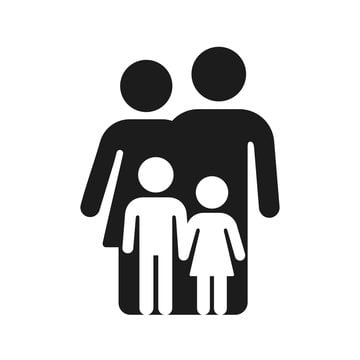Navigating the Generational Divide: Effective Communication in Multigenerational Workplaces
Modern workplaces are increasingly diverse, bringing together individuals from multiple generations—each with unique experiences, communication styles, and perspectives. This rich tapestry of backgrounds fuels innovation and problem-solving, but it also presents communication challenges. This article explores fifteen key strategies for fostering effective communication and building a harmonious, productive work environment across generations.
Embrace Open-mindedness and Empathy: Recognize that each generation's communication style is shaped by its historical context and cultural influences. Approaching interactions with empathy and a willingness to understand diverse viewpoints is crucial for bridging generational gaps. Active listening and a genuine interest in colleagues' perspectives build strong working relationships and foster collaboration.
Mindful Communication: Language evolves, and generational differences in vocabulary and communication styles can lead to misunderstandings. Avoid jargon or slang that might alienate colleagues. Strive for clear, concise communication, adapting your style to suit the audience. For example, while younger employees may readily embrace instant messaging, older colleagues might prefer email or face-to-face interactions. Flexibility and adaptability are essential.
Leveraging Technology Wisely: Technology plays a significant role in modern communication. While younger generations may be more tech-savvy, it's vital to ensure inclusivity by providing training and support for colleagues less comfortable with digital tools. Finding a balance between leveraging technology's efficiency and ensuring everyone feels included is key.
Mentorship and Knowledge Sharing: Establish cross-generational mentorship programs. These initiatives allow experienced employees to share their knowledge and wisdom with younger colleagues, and vice-versa. This reciprocal learning strengthens communication, builds relationships, and fosters a culture of continuous improvement.
Cultivating a Culture of Respect and Inclusivity: A workplace where every voice is valued, irrespective of age, is paramount. Promote intergenerational collaboration and actively reinforce the importance of respecting diverse perspectives. This creates a psychologically safe environment where open communication thrives.
Clarity and Transparency: Clearly defined expectations, goals, and deadlines minimize misunderstandings and ensure everyone works towards shared objectives. Regular check-ins and open dialogue further enhance communication clarity and facilitate prompt problem-solving.
Encouraging Feedback and Open Dialogue: Create opportunities for open and honest feedback. This allows employees to share concerns, ideas, and suggestions, leading to improved processes and stronger team cohesion. Regular feedback sessions also foster continuous learning and improvement within the team.
Challenging Biases and Stereotypes: Actively challenge preconceived notions and stereotypes about different generations. Focus on individual abilities and contributions rather than relying on generalizations based on age. This fosters a fairer and more equitable work environment.
Team Building and Socialization: Organize team-building activities that encourage interaction and collaboration across generations. These activities provide opportunities for informal communication and relationship-building, helping to break down barriers and foster a sense of camaraderie.
Investing in Training and Development: Invest in ongoing training that addresses the specific communication needs of different generations. This ensures employees possess the skills necessary to navigate multigenerational dynamics effectively and confidently.
Leadership by Example: Leaders and managers play a crucial role in setting the tone for effective communication. They must actively model respectful communication, active listening, and constructive feedback, creating a positive and inclusive work culture.
Continuous Learning and Improvement: Encourage regular feedback sessions where employees can share their experiences, challenges, and suggestions for improvement. This creates a culture of continuous learning and adaptation, enabling the workplace to evolve and address communication needs proactively.
Celebrating Diversity and Strengths: Focus on the unique strengths and perspectives each generation brings to the table. Embrace diversity as a source of innovation and creativity, maximizing productivity and achieving collective success. This shift in focus empowers individuals and strengthens the overall team.
Conclusion: Effective communication in a multigenerational workplace is not merely about accommodating differences; it's about leveraging the collective strengths of each generation to build a thriving and innovative team. By fostering understanding, empathy, and respect, organizations can create a dynamic and inclusive work environment where all employees feel valued and empowered to contribute their best.
```


